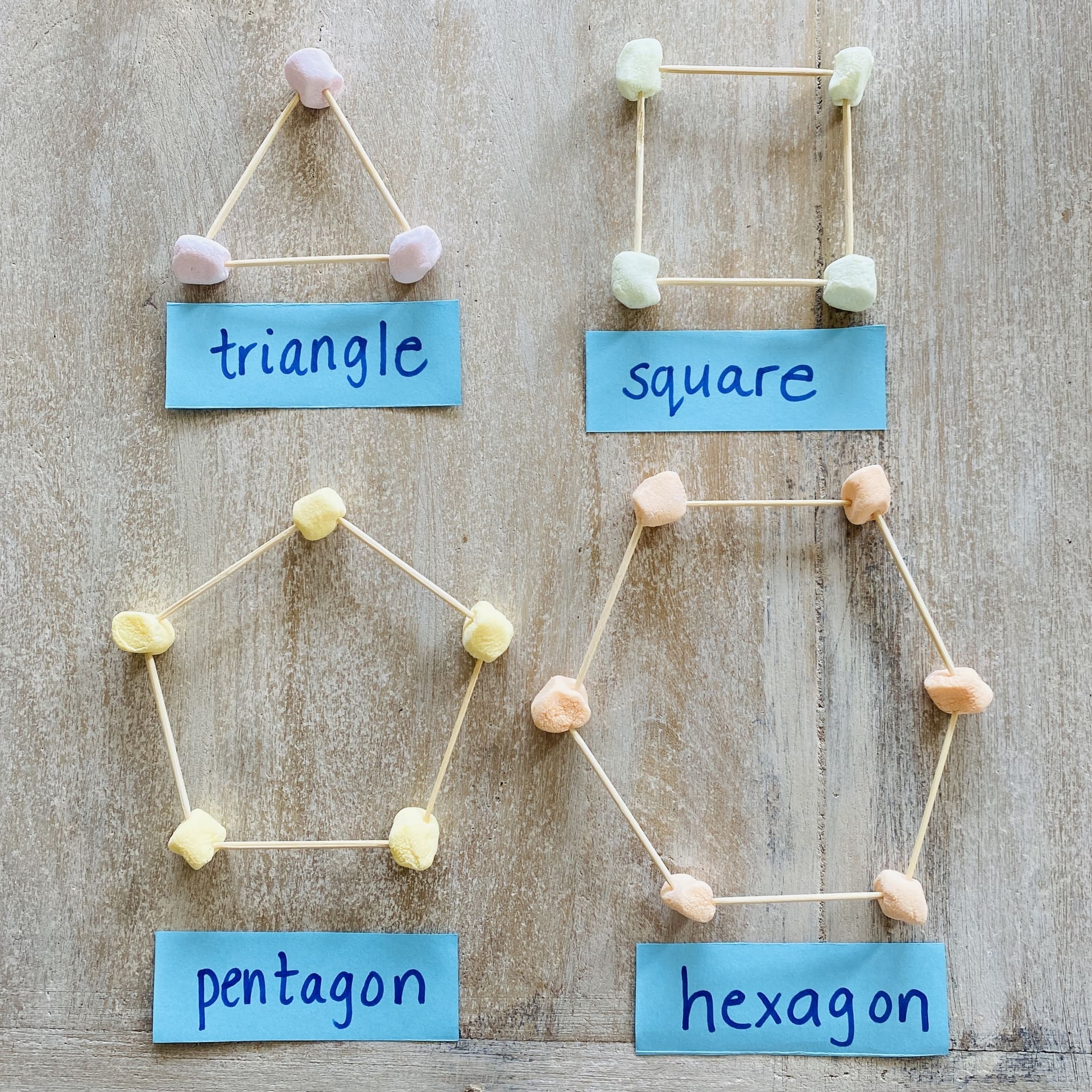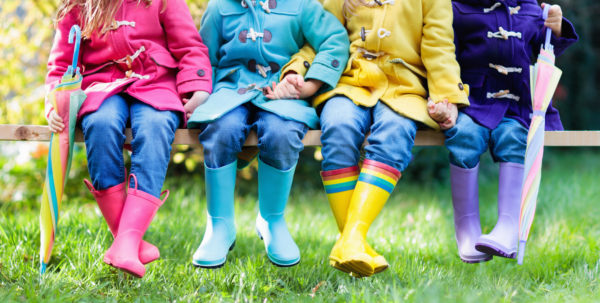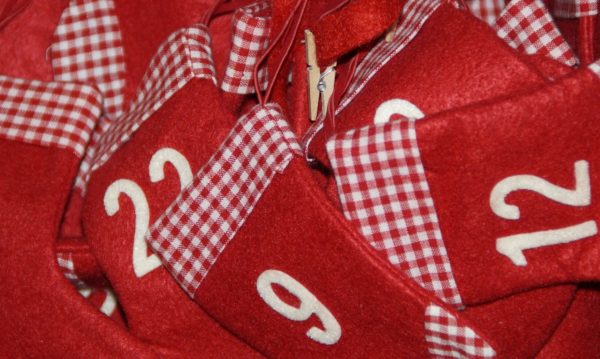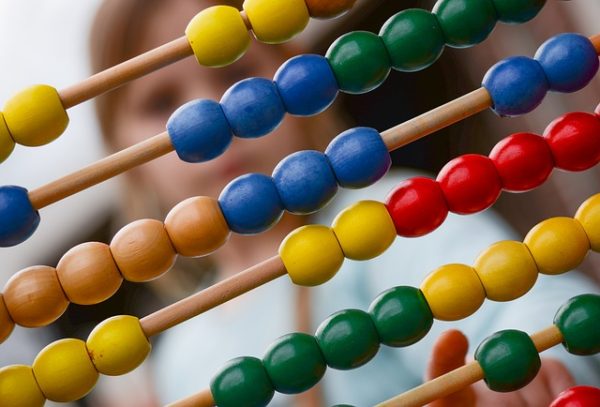The Benefits of Hands-on Maths for Early Learning
We all know that kids love to pick up, hold and manipulate objects, but how can this instinct to explore with their sense of touch help us in a learning environment? Hands-on maths for early learning will increase children’s enthusiasm and engagement.
Well-designed, hands-on activities in the classroom create connections to real-world situations and help to inspire children to think critically. When it comes to hands-on maths for early learning, it is even more important to foster this sense of curiosity. By using hands-on activities, children are actively making sense of the world around them and understanding the relevance of what they are learning. Playful exploration of number encourages children to solve problems in real situations, therefore acquiring knowledge through active processes that engage them.
Stages in Mathematical Learning in the Early Years & Primary Level:
Concrete Stage:
A mathematical concept is introduced with manipulatives; students explore the concept using the manipulatives in purposeful activity.
Representational Stage:
A mathematical concept is represented using pictures of some sort to stand for the concrete objects (the manipulatives) of the previous stage; students demonstrate how they can both visualize and communicate the concept at a pictorial level.
Abstract Stage:
Mathematical symbols (numerals, operation signs, etc.) are used to express the concept in symbolic language; students demonstrate their understanding of the mathematical concept using the language of mathematics.
*It is important to note that as children progress through the stages, it does not mean that they do not benefit from reinforcement using manipulatives. Even older children enjoy hands-on, relevant, real-life maths.
Benefits to Using Manipulatives in Mathematics:
With long-term use of manipulatives in mathematics, educators have found that students make gains in the following areas (Heddens, 1986; Sebesta and Martin, 2004):
- verbalizing mathematical thinking
- relating real-world situations to mathematical symbolism
- working collaboratively
- thinking divergently to find a variety of ways to solve problems
- expressing problems and solutions using a variety of mathematical symbols
- taking ownership of their learning experiences
- gaining confidence in their abilities to find solutions to mathematical problems using methods that they come up with themselves without relying on directions from the teacher
Hands-on Maths Using Marshmallows
These are some hands-on maths activities using large and small marshmallows, a simple manipulative every child likes to use – especially if they get to eat them after the activity!
Marshmallow Estimating:
For this activity:
- You will need a small cup or mug and a bag of small and large marshmallows.
- First, estimate how many large marshmallows will be needed to fill the cup? Write the estimate on a paper or whiteboard.
- Fill the cup with large marshmallows and then count how many marshmallows it took to fill the cup. Write the answer on the paper or whiteboard.
- Compare the estimate with the answer. How close are they? Older children can calculate the difference between the numbers.
- Repeat the same activity with the small marshmallows.
- Eat the marshmallows!
Marshmallow Fine Motor Counting:
- Label cups from 1 to 6 or other numbers that you want to focus on.
- Using tongs, ask your child to move the appropriate number of marshmallows into each cup.
- For more of a challenge with older children, take out the marshmallows in the cups and count how many there are altogether.
Marshmallow Place Value Activity:
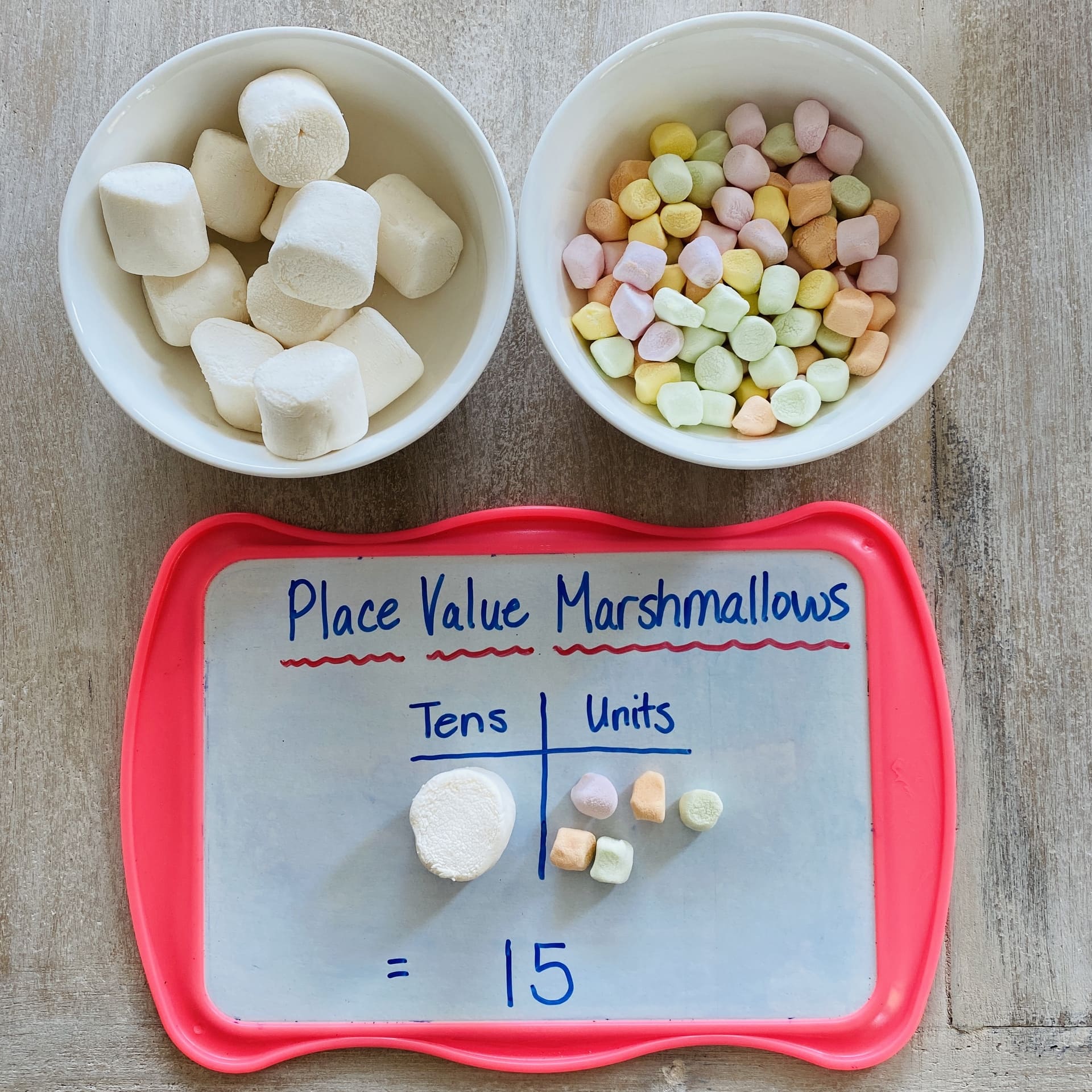
- Materials needed: large and small marshmallows, a whiteboard and 2-digit number cards (if available). Draw a place value table on the whiteboard with a column for tens and units.
- There are many different ways to use this activity to reinforce place value. Introduce the large marshmallows as representing 10 and the small marshmallows representing units.
- Orally give your child a 2-digit number to construct using the marshmallows and the place value table on the whiteboard (see the photo provided). They can write the number under the marshmallows.
- Ask children to choose a 2-digit card from a pile. They can identify the number and then build the number with marshmallows.
- Using the place value table, introduce column addition, adding 2 numbers together. Adding vertically, if there are more than 10 small marshmallows, children can exchange it for a large marshmallow which can be “carried” to the tens column.
Marshmallow 2D and 3D Shapes:
- Materials: small marshmallows, toothpicks, 2D and 3D shape name labels.
- Discuss which 2D shapes would be easy to make using the marshmallows and toothpicks? Look at objects around the house to get some ideas of different 2D shapes. Discuss why it is difficult to make circles or shapes with curved edges.
- For older children, do the same activity with 3D shapes.
- If looking at 3D shapes, for an extra challenge, introduce the vocabulary of vertices and edges – the marshmallows are the vertices and the toothpicks are the edges!
Marshmallow Counting to 100:
- Roll the die and place that number of marshmallows onto the hundred square one by one, covering the numbers starting with 1.
- On the whiteboard make a tally chart to keep track of how many rolls of the die are needed to reach 100.
- Continue to roll the die, adding the marshmallows onto the hundred square and adding the rolls to the tally chart.
- Once the hundred square is full of marshmallows, count the tally marks to see how many rolls it took.
- Play again and see if you can reach 100 in less rolls.
Here are more hands-on maths activity ideas:
-
Paper Plate Fraction Activity
-
Sidewalk Chalk Outdoor Clock Game
-
Odd and Even Numbers Activity
-
Maths Games with Playing Cards
-
Pasta String Numbers
-
Skip Counting with Socks
-
Place Value Bean Bag Toss
-
Number Hunt Sensory Bin
-
Playdough Smash Subtraction Activity
-
Snack Maths Counting Activity
Why is hands-on maths for early learning so important?
- Maths manipulatives make learning maths interesting and enjoyable.
- Maths manipulatives build students’ confidence by giving them a way to test and confirm their reasoning.
- Maths manipulatives help make abstract ideas concrete.
According to Stein and Bovalino (2001), “Manipulatives can be important tools in helping students to think and reason in more meaningful ways. By giving students concrete ways to compare and operate on quantities, such manipulatives as pattern blocks, tiles, and cubes can contribute to the development of well-grounded, interconnected understandings of mathematical ideas.”
So enjoy hands-on maths for early learning through the playful exploration of numbers and mathematical ideas. Keep it interesting by creating connections to physical manipulatives and real-world situations our children’s enthusiasm for learning mathematics will continue to grow.
References:
Heddens, J. W. (1986). Bridging the gap between the concrete and the abstract. The Arithmetic Teacher, 33: 14–17.
Sebesta, L. M. & Martin, S. R. M. (2004). Fractions: building a foundation with concrete manipulatives. Illinois Schools Journal, 83(2): 3–23.
Stein, M. K. & Bovalino, J. W. (2001). Mathematics Teaching in the Middle School, v6 n6 p356-59.

